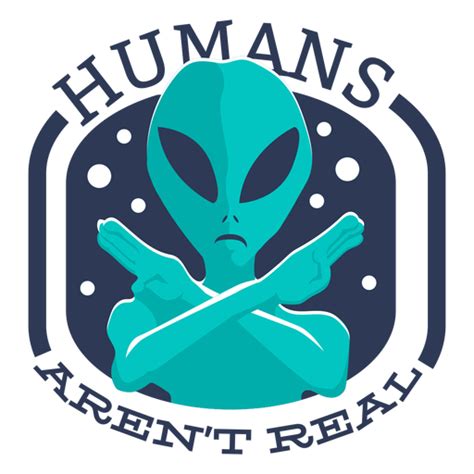Two weeks prior to her death, she had experienced two traumatic incidents, leading to over 50 individual signs of injury across her body. The first trauma incident resulted in hairline fractures in both her scapulae (shoulder blades); similar fractures on the scapula and spine are observed as a result of motor vehicle collisions. It is possible that for a 9th-century woman, these injuries were induced by beatings or floggings.
The second suite of injuries occurred on her torso and skull and were likely inflicted using blunt objects or a series of kicks and punches, akin to torture beatings.
A final, precise blow to the left side of her head resulted in her death.
Early Medieval England was a time of change regarding law codes—the law code of Æthelberht (c. 589–616) did not include corporal punishment, but that of Wihtred of Kent (690–725) outlined specific punishments, for instance, beatings for those who could not pay fines.
Capital punishments were also included when willed by the king. As time passed, more crimes were associated with the death penalty under King Alfred (871–899). Crimes such as theft, treason, witchcraft, and sorcery could be met with the death penalty, which could be brought about by stoning or drowning.


So you are a time travelling tourist from the future? Crikey!